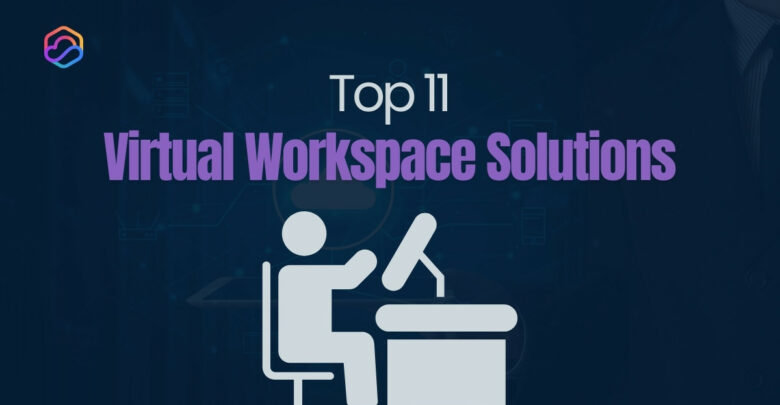
The modern workplace is no longer confined to physical offices. In 2025, businesses are embracing virtual workspaces to support hybrid
Explore Windows 10/11 virtual desktops
Real-World Applications of flexidesktop

A thin client is a compact, low-power computing device that depends on a centralized server for most of its processing power and storage needs. If you’re wondering what is a thin client exactly, think of it as a streamlined alternative to traditional desktop computers. Rather than relying on powerful internal hardware, thin clients serve primarily as access points to virtual desktop infrastructures (VDI), cloud platforms, or remote servers.
Thin clients are commonly used in businesses looking to cut down on IT costs, simplify device management, and enhance security. They’re especially popular in settings like offices, educational institutions, call centers, and healthcare organizations—places where centralized control and secure data handling are essential. By offloading heavy computing tasks to a central server, thin clients offer a smart, efficient solution for modern work environments.
Thin clients are gaining popularity across various industries due to their numerous advantages:
Thin clients are more affordable to purchase and maintain than traditional desktops. With minimal hardware requirements, they consume less power and don’t need frequent upgrades. Organizations save further on IT costs by managing software and updates centrally instead of on individual devices.
Sensitive data and applications are stored on a central server, not on the thin client itself. This design minimizes the risk of data loss or theft, even if a device is misplaced or stolen. Centralized control ensures that only authorized software can run, reducing vulnerabilities to malware and other threats.
IT teams can remotely manage thin clients, streamlining updates, patches, and configurations. Centralized control allows organizations to scale quickly by deploying new devices without extensive setup or individual configurations.
Thin clients consume significantly less power than traditional PCs. This makes them an environmentally friendly choice and helps organizations reduce energy costs.
Thin clients are ideal for growing businesses. Whether onboarding new employees or expanding remote work capabilities, organizations can easily integrate more devices without major infrastructure changes.
Thin clients rely on centralized servers to handle all computational tasks. Here’s how they function:
At flexidesktop, we provide high-performance virtual desktops optimized for thin client environments. Whether you’re in the office, working remotely, or scaling your team, our virtual desktops integrate seamlessly with thin clients to deliver unmatched flexibility, security, and cost-efficiency.
Thin clients excel in environments requiring standardized, secure, and cost-effective computing. Common use cases include:
Thick clients, or traditional PCs, have all the hardware and software necessary to operate independently. While they offer more processing power, they come with higher costs and require individual updates and maintenance. Thin clients, on the other hand, rely on servers for computing tasks, making them easier to manage and more cost-efficient.
Zero clients are a step beyond thin clients, with even fewer internal resources. They depend entirely on a server for functionality. While cost-effective, zero clients lack the versatility of thin clients and are typically used in highly specialized environments.
While thin clients offer many benefits, there are some limitations to consider:
If you’re looking to explore thin clients without breaking the bank, the second-hand market and specialized retailers offer a wide range of recent models at highly competitive prices—starting as low as $40. This makes thin clients an excellent choice for businesses and individuals looking to save on IT costs while enjoying the benefits of modern technology.
Some of the most common and popular thin client models available in these markets include:
Thin clients like these are designed to last, and their low maintenance needs make them a cost-effective option even when purchased pre-owned.
At flexidesktop, we specialize in providing secure, high-performance virtual desktop solutions that seamlessly integrate with thin client technology. Whether you’re looking to cut costs, enhance security, or streamline IT management, our virtual desktops are the perfect match for your thin client environment.
Start optimizing your IT infrastructure today with our 3-day free trial—no commitments, no hidden fees. Experience the power of virtual desktops combined with the simplicity of thin clients.

The modern workplace is no longer confined to physical offices. In 2025, businesses are embracing virtual workspaces to support hybrid
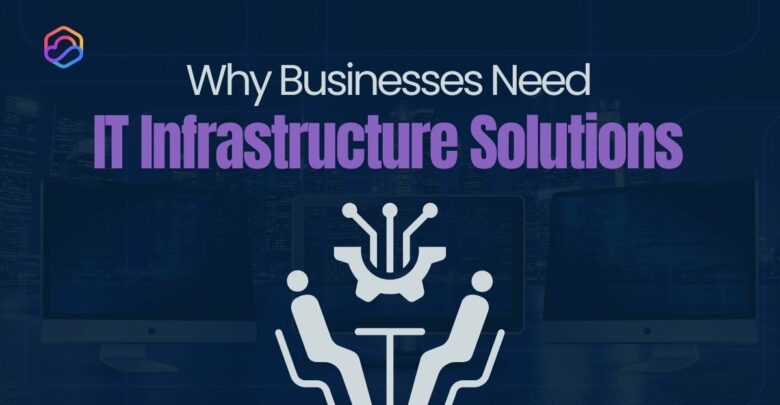
Imagine your business grinding to a halt due to a server failure, cyberattack, or outdated technology. These risks are real
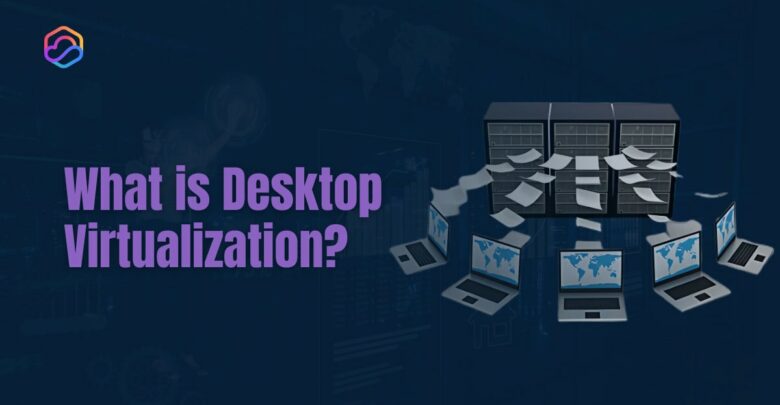
Desktop virtualization is a technology that allows businesses to run desktop environments on centralized servers or in the cloud, rather
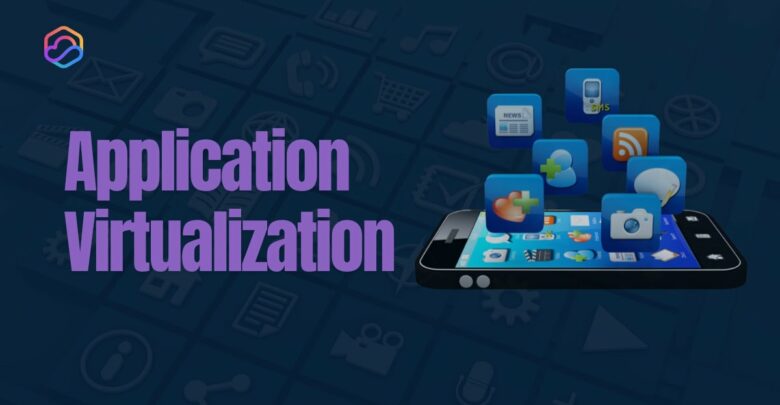
Application virtualization is a technology that decouples software applications from the underlying operating system, enabling them to run in a
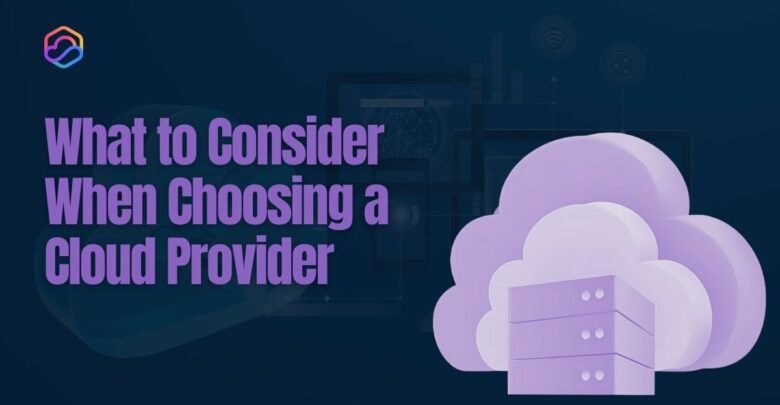
Deciding what to consider when choosing a cloud provider is crucial for businesses looking to optimize operations and drive long-term
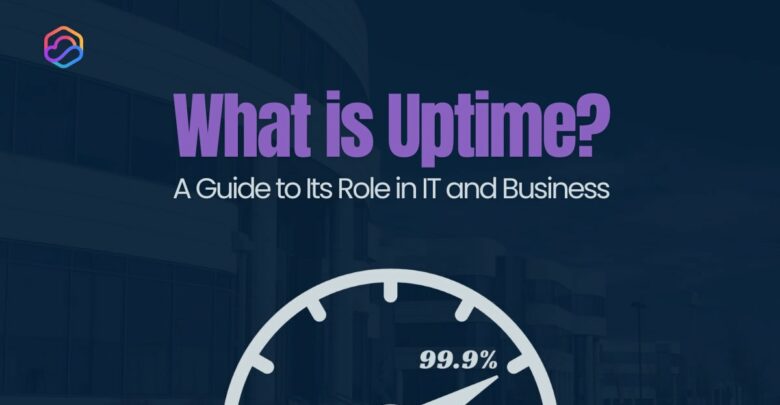
Uptime is a critical metric that measures the reliability and availability of IT systems, networks, and services. It represents the
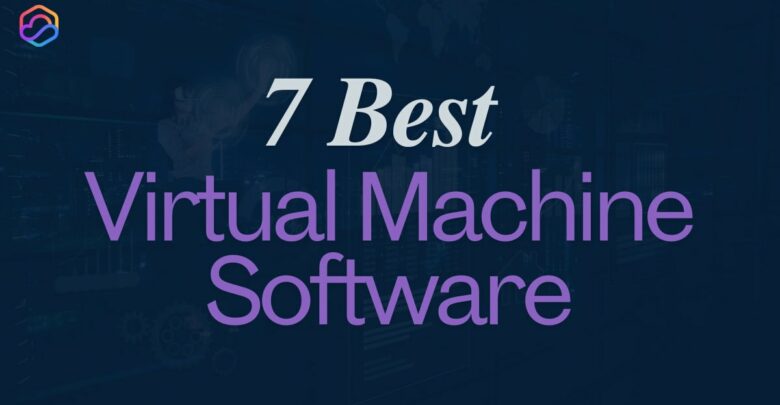
The best virtual machine software makes setting up and running virtual environments on your PC or laptop easy. Virtual machines

VMware is a giant in the virtualization market, offering businesses a reliable platform to create and manage virtual machines. However,
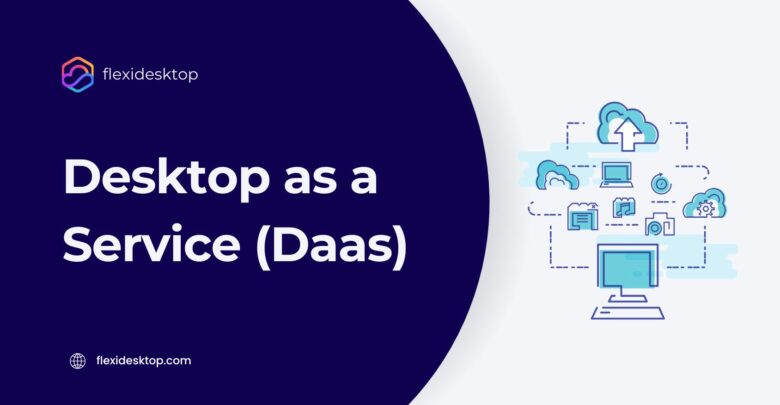
The modern workforce demands flexibility, and Desktop as a Service (DaaS) delivers exactly that. DaaS allows your team to securely

